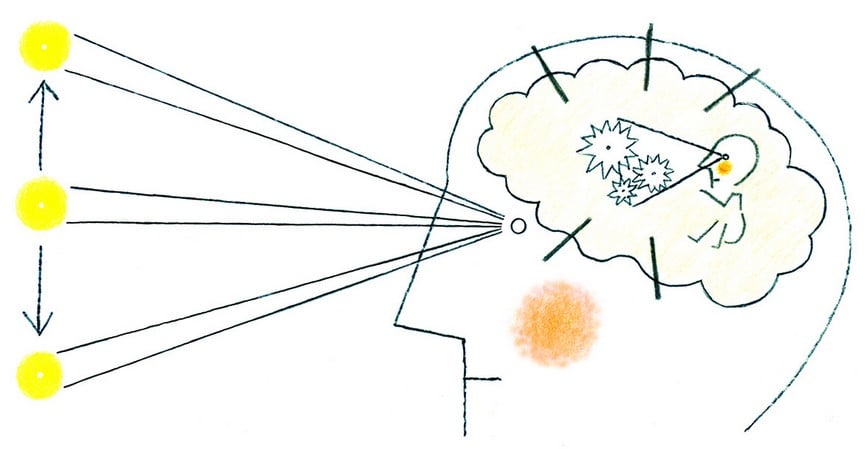Eye-Tracking and Machine Learning in Neurodegenerative Diseases
A special issue of Applied Sciences (ISSN 2076-3417). This special issue belongs to the section "Applied Biosciences and Bioengineering".
Deadline for manuscript submissions: closed (20 July 2021) | Viewed by 340
Special Issue Editor
2. Polish-Japanese Academy of Information Technology, Warsaw, Poland
Interests: computer vision; signal processing; neurophysiology; artificial intelligence; applied mathematics; brain connectivity; neurological disorders; neuromodulation
Special Issue Information
Dear Colleagues,
Aging in our society is the basis for an increase in the brain’s neurodegeneration processes related to the most frequent neurodegenerative diseases, namely Alzheimer’s (AD) and Parkinson’s diseases (PD). In AD, cognitive and memory symptoms are common, whereas in PD, movement disorders are dominant. It is well established that oculomotor impairments strongly correlate with these symptoms. We still do not have a cure for these neurodegenerative diseases (ND), given that the first symptoms are only noticed after large parts of the brain have already died, and we do not know how to revive dead cells. There is a period of at least 20 years between the onset of rapid but unnoticed neurodegenerative processes and the manifestation of the first symptoms. As many neuronal pathways and brain regions, such as the cerebrum, basal ganglia, brainstem, and cerebellum, are involved in gaze control, eye-tracking metrics can inform us about unnoticed structural brain changes. There are challenges, however, as large data sets are available but are related to time series of different types of eye movements (EMs) and represent differences in individual trials and different subjects. One also needs to differentiate age- and pathology-related differences in eye movements. Therefore, the main purpose of this Special Issue is to use data mining and machine learning methods to describe EM changes with such universality and precision that they can be used as an early biomarker of ND.

Prof. Andrzej Przybyszewski
Guest Editor
Manuscript Submission Information
Manuscripts should be submitted online at www.mdpi.com by registering and logging in to this website. Once you are registered, click here to go to the submission form. Manuscripts can be submitted until the deadline. All submissions that pass pre-check are peer-reviewed. Accepted papers will be published continuously in the journal (as soon as accepted) and will be listed together on the special issue website. Research articles, review articles as well as short communications are invited. For planned papers, a title and short abstract (about 100 words) can be sent to the Editorial Office for announcement on this website.
Submitted manuscripts should not have been published previously, nor be under consideration for publication elsewhere (except conference proceedings papers). All manuscripts are thoroughly refereed through a single-blind peer-review process. A guide for authors and other relevant information for submission of manuscripts is available on the Instructions for Authors page. Applied Sciences is an international peer-reviewed open access semimonthly journal published by MDPI.
Please visit the Instructions for Authors page before submitting a manuscript. The Article Processing Charge (APC) for publication in this open access journal is 2400 CHF (Swiss Francs). Submitted papers should be well formatted and use good English. Authors may use MDPI's English editing service prior to publication or during author revisions.
Keywords
- eye-tracking
- machine learning
- data mining
- eye movements
- neurodegenerative diseases





